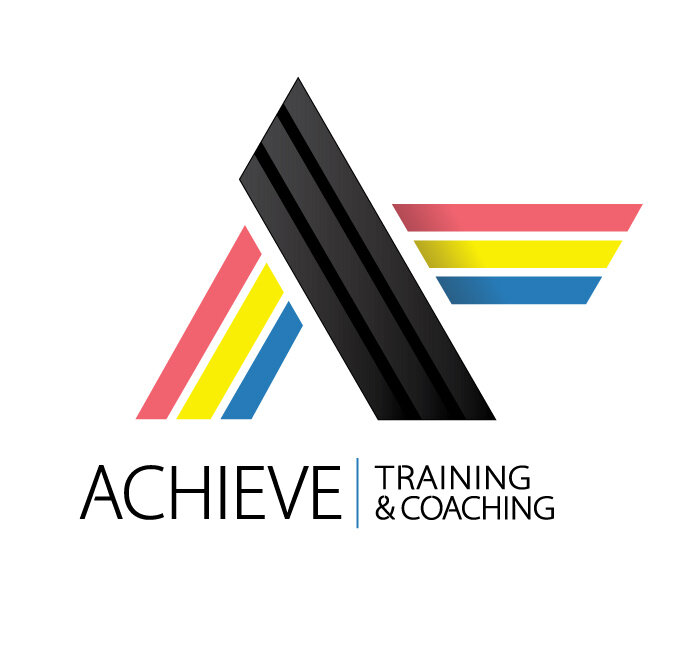INSCYD Test Case Study: Marco Lei
Game changer. That’s how we refer to INSCYD metabolic testing. This year, we partnered with INSCYD — the world’s most advanced performance analysis software, with the goal of providing our athletes with next-level training that is specifically suited to their individual physiology.
INSCYD’s Critical Power Testing offers insights into an athlete’s muscle fiber spectrum and metabolic profile, including VO2max, Anaerobic Threshold, FatMax, and the missing link of cycling performance: Glycolytic Capacity or VLamax. You can learn more about that here.
Why do these metrics matter? First off, discovering your individual metabolic profile empowers your coach to provide you with highly specified training suited to your physiology. More information means better training. Through testing, we can learn about your physiological strengths and weaknesses, and how to improve them. We can also better understand why you excel at some aspects of cycling and not at others, as well as identify which fueling strategies will serve you and your specific goals best.
Today we highlight AchievePTC athlete Marco Lei. Marco is a Cat 4 road racer with a focus on local criteriums and first took the INSCYD test in March 2018.
The Athlete:
Marco is a full-time architect and father with very little time to train. During the work week, he fits in his training in the evenings spending 1.5-2 hours on the trainer. His weekends are spent racing local crits or fitting in a longer 3-hour ride. Such limited time means training must be efficient and specific.
His goals include getting on the podium at local Cat 4 masters and elite criteriums, and occasionally contesting a local road or circuit race.
The Problem:
While Marco’s strengths include sprinting and short, high-intensity races, he often suffers when the road kicks up for 5 minutes or more. This lower capacity for sustained efforts can also translate into criteriums where power starts to wane toward the end of the event, meaning he can miss out on the opportunity to unleash his sprint.
In the last year, we noticed Marco’s fitness started to plateau. His training was no longer yielding the same degree of steady improvement. This is where INSYCD came in.
“From the INSCYD test, Coach Sofi and I were able to identify and further confirm my strengths and weaknesses in overall fitness as a bike racer. We are able to pinpoint the areas that need further development and tailor our training plan to meet those goals.”
The Insights:
Once Marco took the INSCYD Critical Power Test, our work became clear. While we weren’t surprised to see his glycolytic or anaerobic capacity was relatively strong (anaerobic efforts lasting 10- to 90-seconds in duration), we discovered that his anaerobic threshold (the highest possible intensity which can be sustained without accumulating lactate) was relatively low for his racing category. This comes as no surprise, in that glycolytic capacity and anaerobic threshold are intertwined. The stronger the glycolytic capacity, the lower the anaerobic threshold. It’s all about finding the perfect balance for the style of racing you participate in.
While a high glycolytic capacity is great for crit racing (lots of short, hard accelerations required), you don’t want this energy pathway to be so strong that it compromises your threshold and ability to do sustained power for long periods of time.
Goal #1: Lift Marco’s anaerobic threshold. A higher threshold will ensure Marco can finish his bike races with fresh enough legs to unleash his sprint. It will also allow Marco to hold onto the pack during climbs lasting more than a few minutes.
“My take from the test results is that I’m no longer guessing what I need to train. My training becomes more focused and I become more motivated as the results continue to show.”
The Solution:
Once we had clear data to work with related to Marco’s physiology and current fitness state, we could start shifting training and nutrition to meet our goals. Our primary focus was to increase anaerobic threshold and spend some time burning excess fat.
In order to raise anaerobic threshold, we decided to spend time improving lactate shuttling and clearance. Since anaerobic threshold represents the highest possible intensity which can be sustained without accumulating lactate, we knew that in order to lift AT, we needed to improve Marco’s lactate shuttling and clearance abilities.
We did this by incorporating ample lactate shuttling workouts, such as 1 min high, 1 min low at the specified wattage the INSCYD data gave us. We also reduced our time spent training glycolytic capacity so as to not interfere with our anaerobic threshold development. We incorporated Fat Max workouts into training to efficiently burn the maximum amount of fat possible, while also increasing riding days. All things leading to a future improvement in power to weight ratio.
Here’s what Marco had to say:
“Since the INSCYD test and redefined training plan, my power output has shown significant improvement and the peak wattage continues to increase as the racing season progresses.
At first, I was a bit skeptical since I was training at an adjusted and lowered ftp and power zones at lower intensity but longer duration. After about a month or so into the adjusted training plan, I began to see power improvement and continue to set new power PRs in almost every hard race and group rides since March.
I can’t really explain how this is all happening, but this progress and fitness improvement continue to motivate my desire to complete each and every workout as prescribed and the results are real – and so far, this is working out very well for me.”
Get the most out of your training by completing an INSCYD Critical Power Test and identify your metabolic profile. You will receive specific training suited to your body and nutrition tips from your coach who will discuss the findings and apply them to your plan. You can find more info here.

